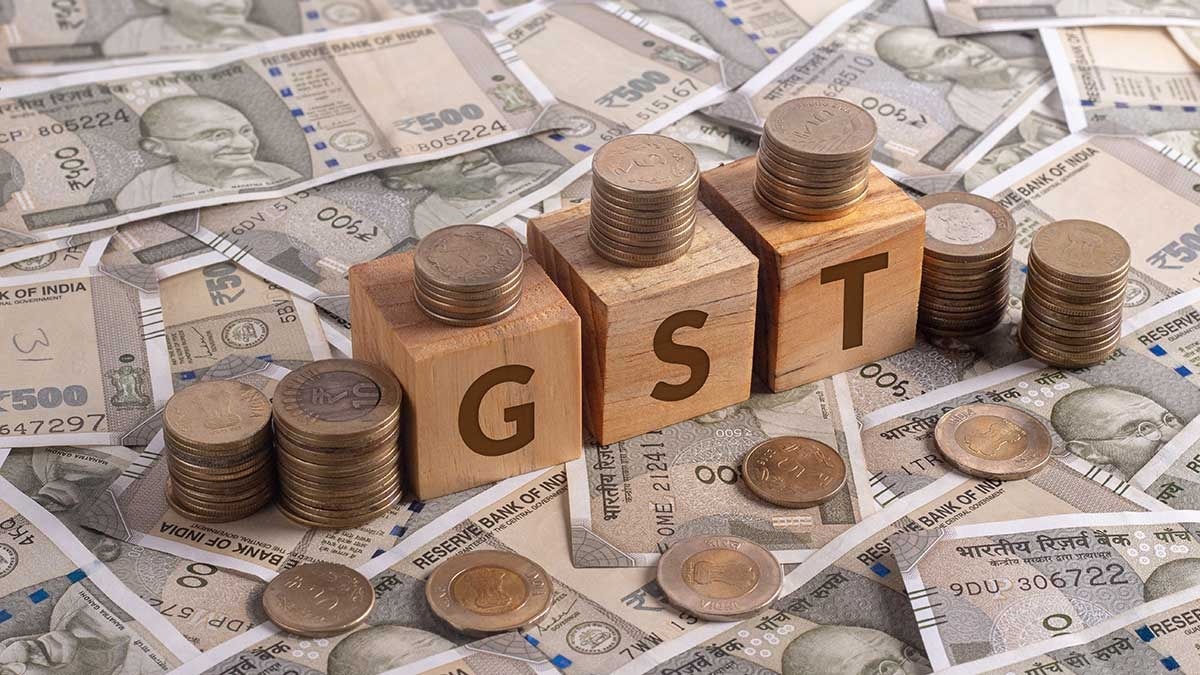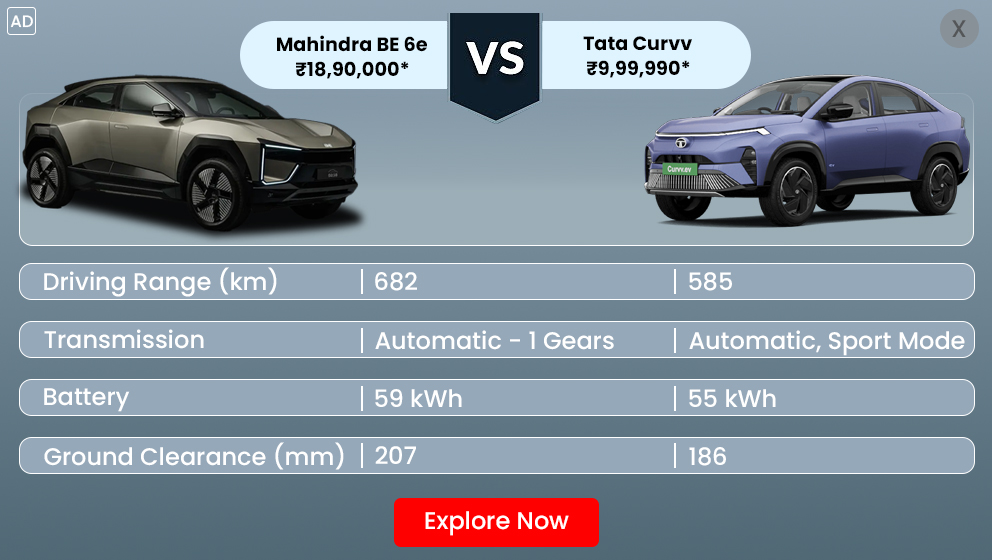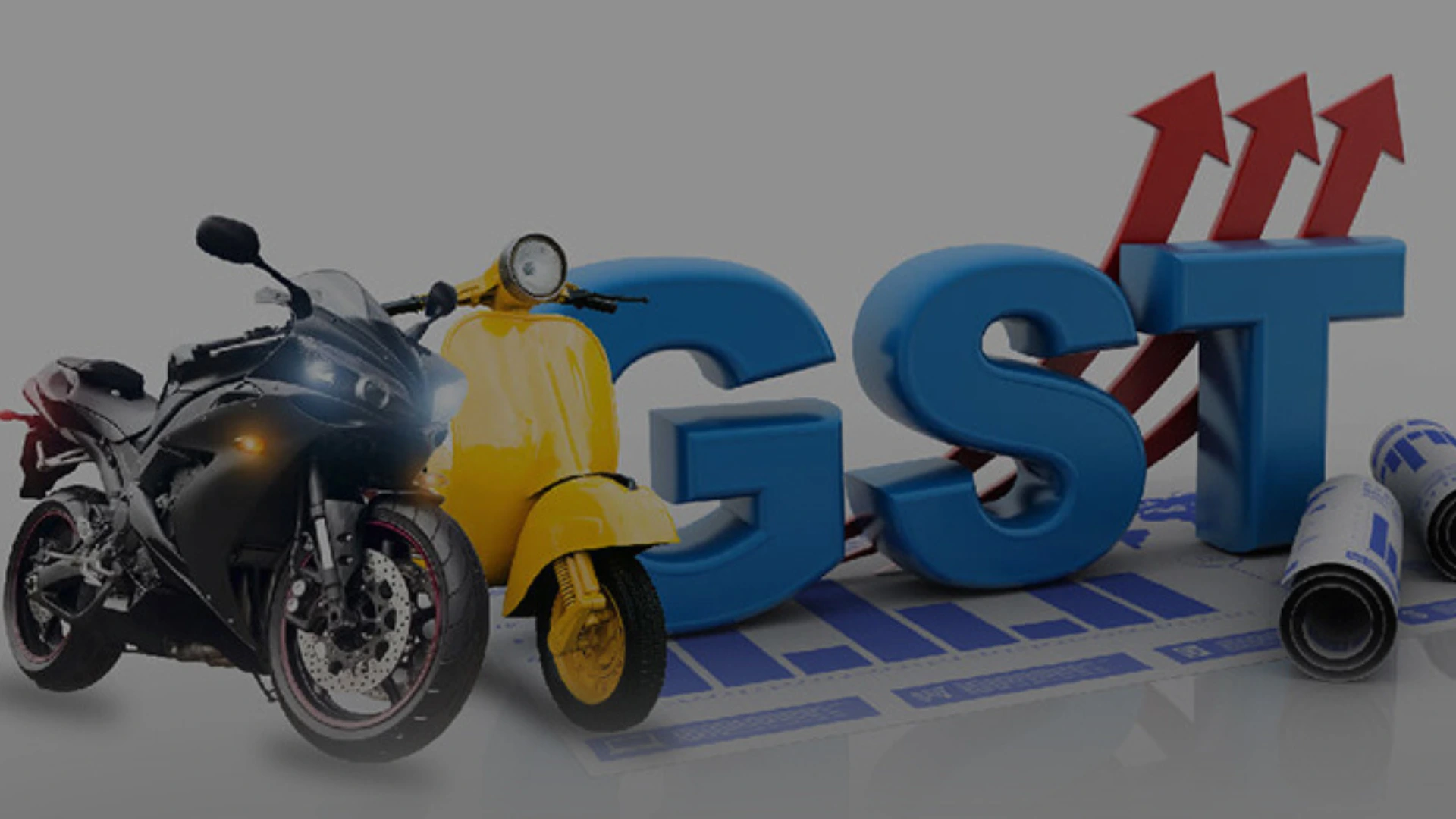Since the introduction of the Goods and Services Tax (GST), the taxation framework for vehicle insurance has undergone a major transformation. This shift has not only changed how premiums are calculated but also how policyholders plan their insurance budgets.
The GST Impact on Bike Insurance has emerged as a crucial factor for every two-wheeler owner in India. Earlier, multiple indirect taxes made the premium structure complicated, but GST has unified these charges into a single transparent rate. While this change has increased the total premium amount slightly, it has simplified and made insurance transactions more predictable. Whether you’re buying a new policy or renewing an existing one, understanding the GST rate on two wheeler insurance and its financial impact is essential for making informed decisions.
How GST Changed the Tax Structure in Bike Insurance
Before the GST regime, the insurance sector followed a multi-tax system involving service tax, Krishi Kalyan cess, and Swachh Bharat cess. These layered taxes made it difficult for customers to understand the actual cost of their two-wheeler insurance.
With the implementation of GST, the government brought all these taxes under one standard rate, making premium calculation far more transparent and efficient.
- Pre-GST: Multiple taxes, such as service tax and additional cesses, applied.
- Post-GST: A uniform 18% GST on motor insurance is levied.
- Impact: Easier calculation, greater transparency, and a slight rise in premiums.
The GST Impact on Bike Insurance became particularly visible when the effective tax rate rose from around 15% to 18%. Though this increased premiums, it simplified compliance for both insurers and policyholders.
Current GST Rate on Two-Wheeler Insurance
The GST rate on two-wheeler insurance currently stands at 18% for both third-party and comprehensive insurance plans. This standard rate applies nationwide, ensuring that customers across different states pay the same tax percentage on their insurance premiums.
Example of Premium Calculation After GST
|
Policy Type |
Base Premium |
GST @18% |
Total Premium |
|
Third-party bike insurance |
₹2,000 |
₹360 |
₹2,360 |
|
Comprehensive bike insurance |
₹4,000 |
₹720 |
₹4,720 |
This clearly demonstrates how the bike insurance premium after GST is derived. Even a small increase in the base premium directly affects the total payable amount, highlighting why understanding GST’s role is crucial.
GST Effect on Motor Insurance Premiums
The GST effect on motor insurance has created a more structured taxation environment. Although the tax rate increase has marginally raised the premium amount, there are several benefits associated with this system:
- A uniform tax rate across all states
- Simple and transparent premium calculation
- Easier compliance for insurance companies
- No additional cess or hidden charges
The increased clarity in cost structure has helped policyholders make more informed choices when selecting coverage options.
Two Wheeler Insurance Tax Rate and Its Implications

The two wheeler insurance tax rate of 18% applies to every insurance component, ensuring standardization across the board. This includes:
- Third-Party Insurance: The legally mandatory coverage.
- Comprehensive Insurance: Covers both own damage and third-party liabilities.
- Add-on Covers: Tax applies to add-ons like zero depreciation, roadside assistance, and engine protection.
Understanding the tax rate helps policyholders anticipate the total premium amount and plan their insurance expenditure more effectively.
GST and Vehicle Insurance Policy
The combination of GST and vehicle insurance policy has simplified processes for both insurers and buyers, leading to better transparency in transactions.
Key Features:
- Standard Tax Rate: 18% GST on all two-wheeler insurance policies.
- Nationwide Consistency: Identical tax percentage across all states.
- Digital Integration: Simplified online documentation and compliance.
- Clear Cost Breakdown: No hidden cess or additional levies.
This uniform structure allows customers to compare premiums and choose the most cost-effective plan with ease.
Pre and Post GST Insurance Difference
To understand the GST Impact on Bike Insurance, it’s important to look at how the scenario changed after its introduction:
|
Parameter |
Pre-GST |
Post-GST |
|
Tax Structure |
Multiple taxes and cesses |
Single GST rate |
|
Tax Rate |
Around 15% |
18% |
|
Premium Calculation |
Complicated and fragmented |
Simple and transparent |
|
Policy Premium |
Slightly lower |
Slightly higher |
|
Compliance |
Multiple returns |
Single GST compliance |
The increase in the tax rate is balanced by easier calculations, standardization, and better customer understanding of insurance costs.
GST on Third Party Bike Insurance
Third-party insurance is mandatory under Indian motor laws. The GST on third party bike insurance is applied at 18% on the base premium set by IRDAI. Since this coverage is compulsory, every bike owner must factor this tax into their yearly budget.
- Covers injury or damage caused to a third party.
- The premium amount is regulated by IRDAI.
- GST is added to the base amount to arrive at the total premium.
This uniform taxation helps eliminate regional price variations and improves transparency in pricing.
GST on Comprehensive Bike Insurance
Comprehensive coverage provides complete protection by covering both third-party liabilities and own-damage costs. Because the base premium for comprehensive policies is higher, the GST amount is also proportionally higher.
- GST is charged on the base premium plus any add-on covers.
- Higher coverage leads to a higher GST component.
- Policyholders receive wider financial protection despite the additional tax.
This form of insurance remains the preferred choice for many riders seeking complete peace of mind.
GST Benefits for Electric Bike Insurance
With the rising adoption of EVs, the GST benefits for electric bike insurance are increasingly relevant.
- Lower base premium compared to conventional bikes.
- Some insurers offer special discounts for EV policies.
- Government incentives may lead to future tax relaxations.
Although the GST rate is the same, lower premiums on electric bikes mean reduced total tax outlay for policyholders.
GST Influence on IDV Value
The GST influence on IDV value (Insured Declared Value) plays a major role in determining the overall premium amount.
- IDV determines the base premium.
- Higher IDV means higher premium, and therefore higher GST.
- Choosing an appropriate IDV can balance cost and coverage effectively.
A realistic IDV ensures adequate protection without overpaying on insurance or taxes.
GST Impact on the Motor Sector
The GST Impact on Bike Insurance mirrors the broader shift in India’s motor sector. By unifying taxation under a single rate, GST has created a more transparent and organized insurance ecosystem.
- Greater regulatory clarity and compliance
- Standardized pricing across states
- Easier policy comparison for customers
- Increased efficiency for insurance providers
This change supports IRDAI’s goal of improving customer trust and streamlining motor insurance operations.
How to Save on Bike Insurance Premiums Post GST

Even with a fixed tax rate, policyholders can reduce their overall premium burden through careful planning and smart decision-making:
- Compare Plans Online: Check different insurers for better rates.
- Select the Right IDV: Avoid over-insuring or under-insuring.
- Opt for Multi-Year Policies: Long-term plans often come with discounts.
- Leverage No-Claim Bonus: Maintain a clean record for reduced premiums.
- Choose Essential Add-ons Only: Avoid paying extra for unnecessary covers.
Strategic decisions like these can help you effectively manage your bike insurance premium after GST.
Conclusion
The GST Impact on Bike Insurance has transformed how insurance is priced, purchased, and understood. With an 18% GST rate on two wheeler insurance, premiums have become more transparent and easier to calculate. While this has led to a slight increase in the total cost, the benefits of clarity, standardization, and simplified compliance outweigh the drawbacks.
Whether you’re buying coverage for a petrol-powered two-wheeler or exploring GST benefits for electric bike insurance, understanding how GST influences your premium can help you make better financial decisions.










 (1)_1765788729.webp)